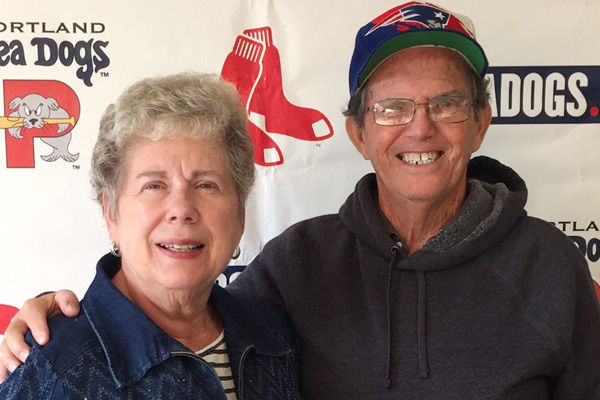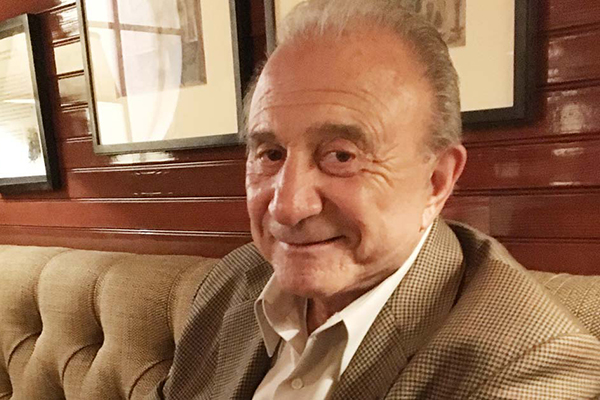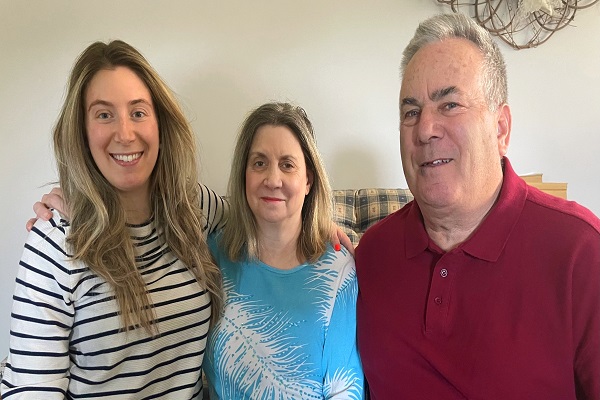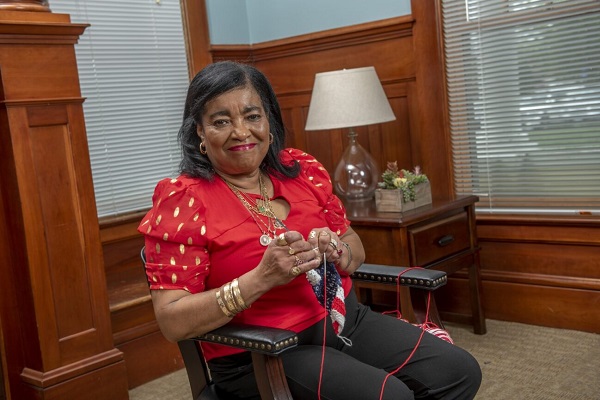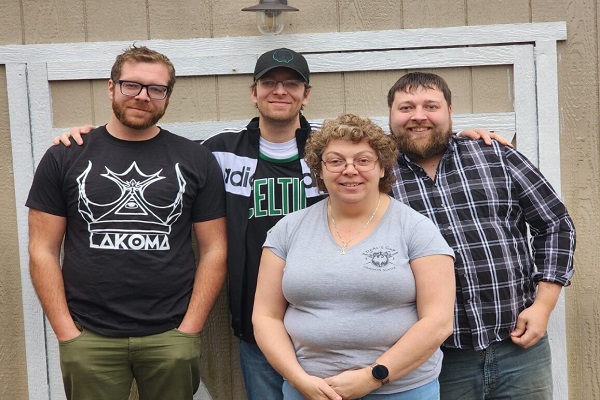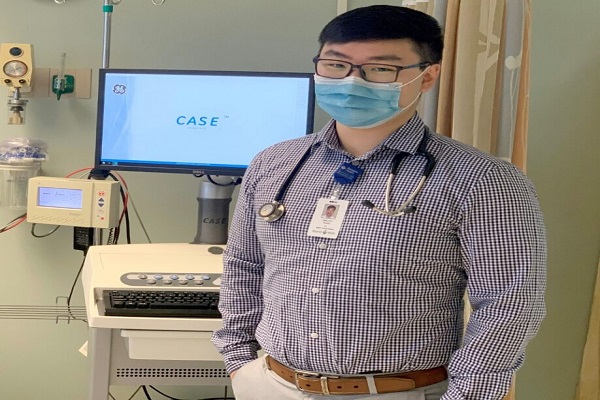Brought Back from the Brink: CPR Gave Mark a Second Chance

Health & Wellness Tips
Related Stories
-
Heart & Vascular
![Lee Allentuck and Family MyBaystate Story]()
Lee Allentuck's Successful Bypass Surgery
-
Heart & Vascular
![a happy couple posing for the camera]()
A Game-Changer: Heart Patient Has Second TAVR Surgery
-
Heart & Vascular
![The WATCHMAN Device & Procedure Lets Enzo Return to Gardening]()
The WATCHMAN Device & Procedure Lets Enzo Return to Gardening
-
Heart & Vascular
![A LifeSaving LoveHow Her Familys CPR Saved Linda Ferioli]()
A Life-Saving Love: How Her Family's CPR Saved Linda Ferioli
-
Heart & Vascular
![Managing Blood Pressure After a Health ScareOne Womans Story]()
Managing Blood Pressure After a Health Scare: One Woman’s Story
-
Heart & Vascular
![Managing High Blood Pressure Through a Treatment Plan]()
Managing High Blood Pressure Through a Treatment Plan
-
Heart & Vascular
![One Brothers Heart Emergency Was Lifesaver for His Two Brothers]()
One Brother's Heart Emergency Was Lifesaver for His Two Brothers
-
Heart & Vascular
![Emergency Bypass Surgery Gave Karen Girard Another Chance]()
Emergency bypass surgery gave Karen Girard another chance
-
MyBaystate (Team Member Stories)
![PA Tim Kang Shares His Healthcare Career Journey and Offers Advice]()
PA Tim Kang Shares His Healthcare Career Journey — And Offers Advice
-
Heart & Vascular
![Local Principal Donates as Thanks for Care]()
Local Principal Donates as Thanks for Care
Back to Top





